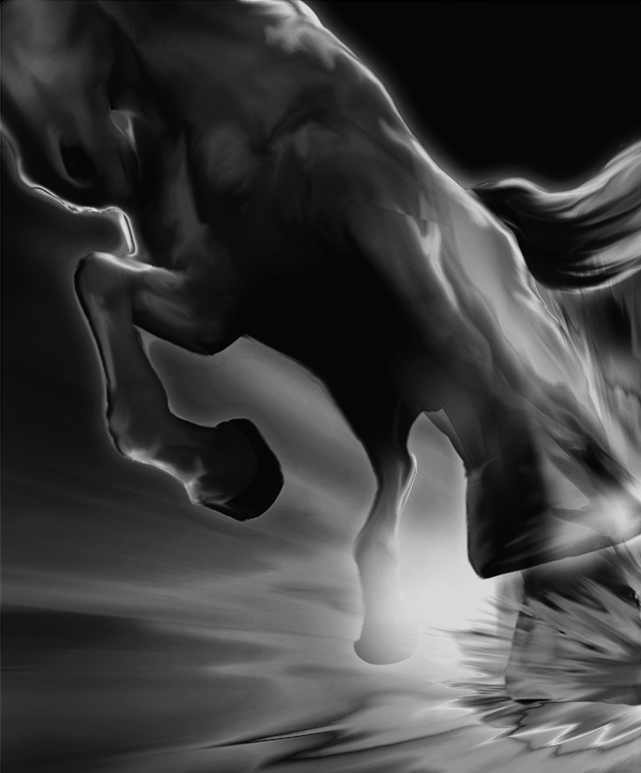
Motion of the human body can be looked at from the perspective of a number of pivots working in tandem in order to achieve the intended movement. This is true because the practical way that most skeletal bodies are developed to achieve motion is through the use of joints. These joints are essentially points in which, an otherwise rigid structure, can bend. And, with this bending at specific points in the structure comes pivots. In other words, for the most part, the pivot points of the body are at the joints.
This is significant because, just like joints, levers also have a pivot point. The only real difference, for our specific purposes, is that the pivot point may move on a lever, but the pivot point is fixed with a joint. From this quick overview, one can easily conclude that pivots and levers are intricately intertwined and that the human body works because of the underlying principles of both these two complimentary concepts.
To refine these concepts a little further for this discussion:
A pivot is the central point at which the rotation of any object occurs.
A lever is a relatively rigid structure that rotates around a pivot at any point along the structure's length.
One of the fascinating things about levers is the amount of resulting lifting power that may be generated on the opposite end of the rigid structure compared to the opposite application end of the same structure; if the pivot is moved to different points on the rigid structure's length. For example, if the pivot is moved closer to the output end of the structure, a lesser amount of force is needed to affect the same lifting power of the rotation. But if the pivot is moved to the input end of the structure a much larger amount of force is needed to result in the same lifting power on the opposite end. This principle is so dramatic that Archimedes is famous for saying, "Give me a lever and I can move the world."
The other important characteristic that must be pointed out at this juncture is that the closer the pivot is moved to the output side of the structure, the less movement is resulted from pushing on the opposite end. But conversely, more movement is needed on the input end. And the opposite is also true; when the pivot is moved toward the input end, less input movement results in more output movement.
Understanding these elemental principles is extremely important if one wishes to use these concepts in a defensive situation. If one stops to think about it, everything that involves our movement also relies upon these principles in some way. Therefore, a comfortable understanding of these concepts and their underlying principles cannot be overstated. It is no exaggeration to say that all movement in the body relies upon them.
Now that a base framework of these principles has been clearly illustrated, practical application of these concepts can now be undertaken.
Through an understanding of the joints of the human body, one understands that these joints have limits, and most often, directionality to their pivot abilities. This is simply just how the human body is made. Understanding this fact is important because this knowledge can be used to take advantage of this design feature. Joint manipulation and contact manipulation, in general, is a practical study of using this knowledge to one's advantage. But what is usually not generally understood nor discussed is that locking one or more joints changes from being a pivoting scenario, into being a levering scenario. This is because once the joint can no longer bend any further, the result is a relatively rigid structure, and therefore lever principles take over as being the overriding characteristic. And, as stated, having longer levers results in an amplified output, where shorter levers result in potentially more work for a lesser outcome.
These same lever principles can be used in more than just simple joint manipulation, they may also be used in the body as a whole to unbalance, control zones, and numerable other methods within a defensive situation. And, one of the key factors to understanding levers is the pivot point and pivot placement. Correct pivot placement can affect dramatic results, where incorrect placement may result in inadequate outcomes.
Also, it must be stated, that many things in one's environment can be used as a pivot; pivots are not limited to joints. This can be you, your opponent, things within the environment, or even any combination of these. Furthermore, typically a pivot is a relatively stable and/or fixed point. But, as stated earlier, this is not a hard and fast requirement. For instance, one may make use of a moveable pivot to employ the principles of levers and the advantages they provide the practitioner.
Although this discussion does not go into specific scenarios and applications, one is encouraged to further delve into the possibilities only suggested here. The potential for using, creating, and manipulation of levers is a very diverse subject and left up to the reader to explore, analyze, and experiment upon. What is presented in this appendix is intended to be only an introduction to the fundamental principles of this subject matter. Any serious martial artist should take the time to become intimately familiar with the principles and application of pivots and levers - their importance to a well-rounded martial artist cannot be understated.